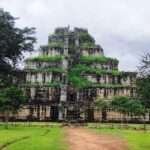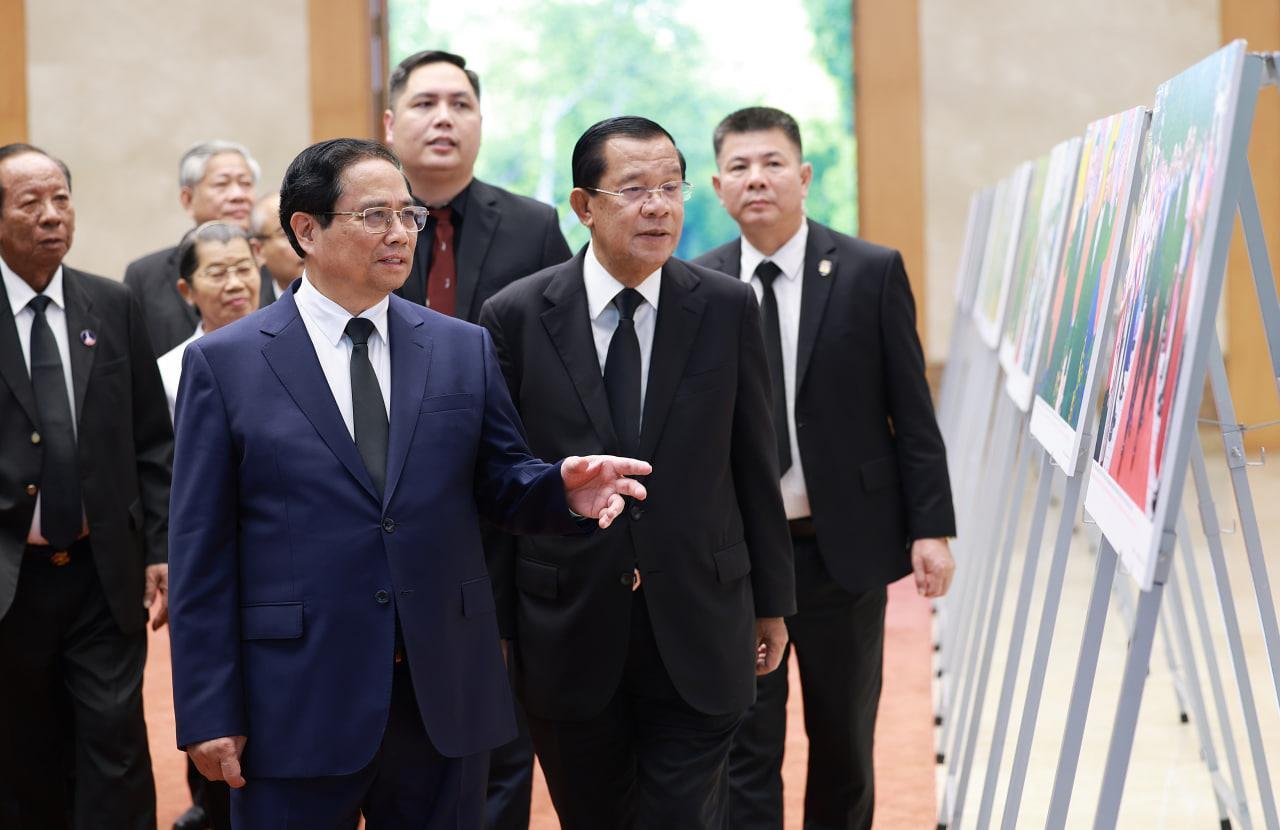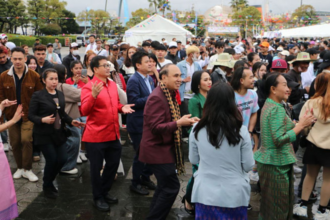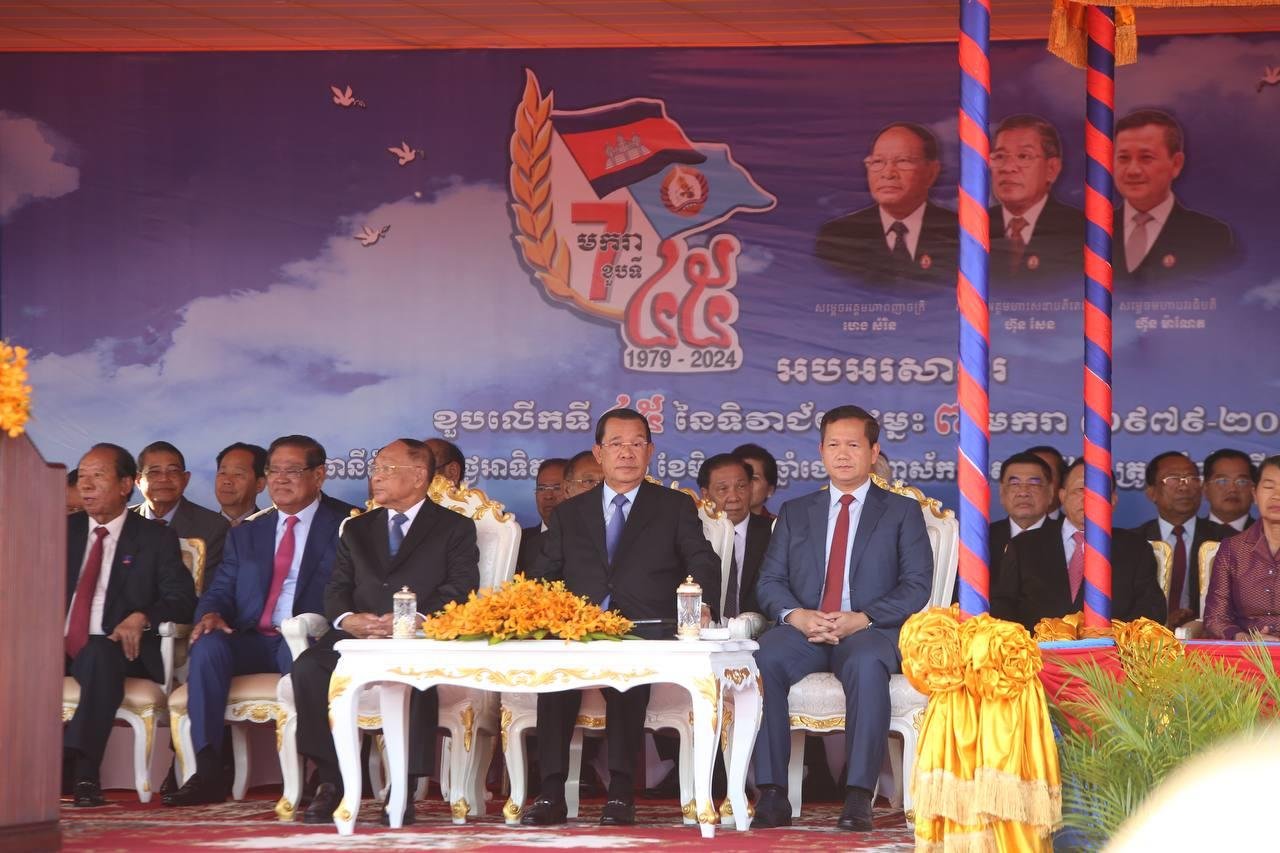A family of billionaire art collectors and philanthropists has made a remarkable gesture of goodwill by agreeing to return 33 ancient statues to the Cambodian government. The treasures, dating back to the Khmer Empire, were found to have been looted, prompting this extraordinary act of restitution. This voluntary return, announced by Cambodian and American officials, sends a powerful message about the importance of preserving cultural heritage.
For several decades, George Lindemann, a gas and oil executive and Palm Beach art collector, amassed this collection of ancient artefacts, reportedly purchasing them for at least $20 million. Cambodian investigators diligently researched the known sales of Khmer antiquities to estimate their value. This restitution comes at a crucial time as Cambodia continues to seek the recovery of countless relics pillaged in the turbulent period between the 1960s and early 2000s, marked by genocide and civil conflict.
The Lindemann family’s decision to voluntarily return these national treasures demonstrates their strong commitment to doing what is right and correcting past wrongs. Phoeurng Sackona, Cambodia’s minister of culture and fine arts, expressed immense satisfaction, acknowledging the family’s recognition that the statues were wrongfully possessed and their willingness to restore them to their rightful owners.
This handover represents yet another significant step in the return of Cambodian statues, sculptures, and relics that have languished in the hands of private collectors and American museums for decades. The Cambodian government is actively engaged in discussions with the Metropolitan Museum of Art to secure the return of at least 45 Khmer items from its collection, which they believe were also looted. The Lindemanns previously donated four Khmer relics to the museum in the 1990s.
Bradley J. Gordon, the lawyer representing Cambodia, emphasised the exceptional nature of the Lindemann collection, highlighting that several of the works were once part of major temples and shrines. Some of these pieces had been unknown to Cambodian historians as they were stolen from remote locations deep within the nation’s jungles and forests. The discovery of the Lindemann items was made possible when Cambodian investigators spotted them in back issues of Architectural Digest, which featured Mr. Lindemann’s Palm Beach villa where the pieces were displayed.
Remarkably, the recovery efforts have even been aided by former looters who recognized the statues from photographs and have come forward to assist with the recovery. This collaboration speaks to the growing awareness and shared responsibility for preserving cultural heritage.
Cambodian investigators have obtained valuable evidence of the Lindemann collection’s origins through thousands of pages of documents found on the computer of Douglas A.J. Latchford, a notorious Khmer antiquities smuggler. These documents reveal exchanges between Mr. Latchford and Mr. Lindemann, shedding light on their involvement in the acquisition of Khmer relics. Mr. Latchford faced accusations of smuggling and illicitly selling priceless Cambodian antiquities before his passing, and his daughter has since agreed to return over 100 statues and numerous smaller treasures hoarded by her father.
Other collectors and institutions have also taken responsibility for their actions. James H. Clark, known as an internet pioneer, promptly agreed to return 35 objects, including a rare statue of the Hindu elephant god Ganesha, when approached about his dealings with Mr. Latchford. These gestures of restitution reflect a growing global recognition of the importance of protecting and preserving cultural heritage.
Among the precious artefacts Cambodian officials hope to recover from the Lindemann collection are a stone sculpture of the Hindu deity Vishnu reclining with a large serpent, several monumental statues of deities dating back to the 10th century, and a set of statue heads that could be reunited with their torsos.
As Cambodia seeks to recover looted artefacts from collectors and museums worldwide, the return of the Lindemann collection sets an excellent and proper example for other museums and private collectors to follow. The act of acknowledging past transgressions and taking steps to rectify them not only restores dignity to the affected communities but also fosters an environment of respect, cultural preservation, and cooperation on a global scale.








